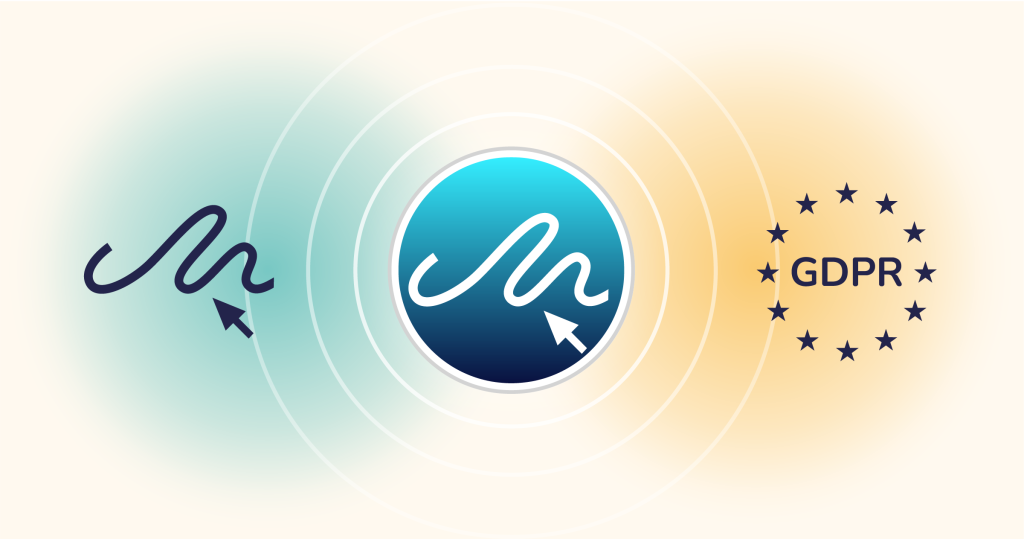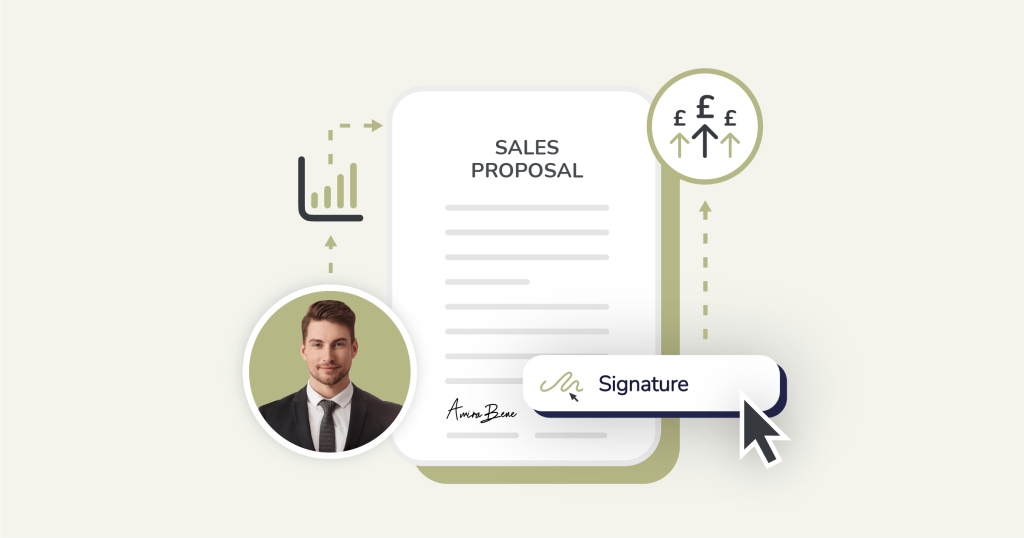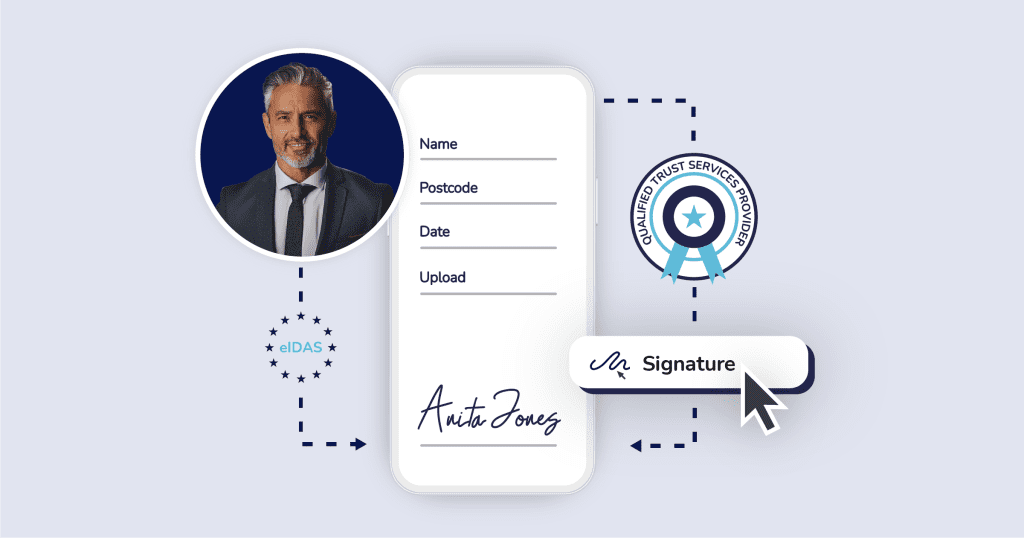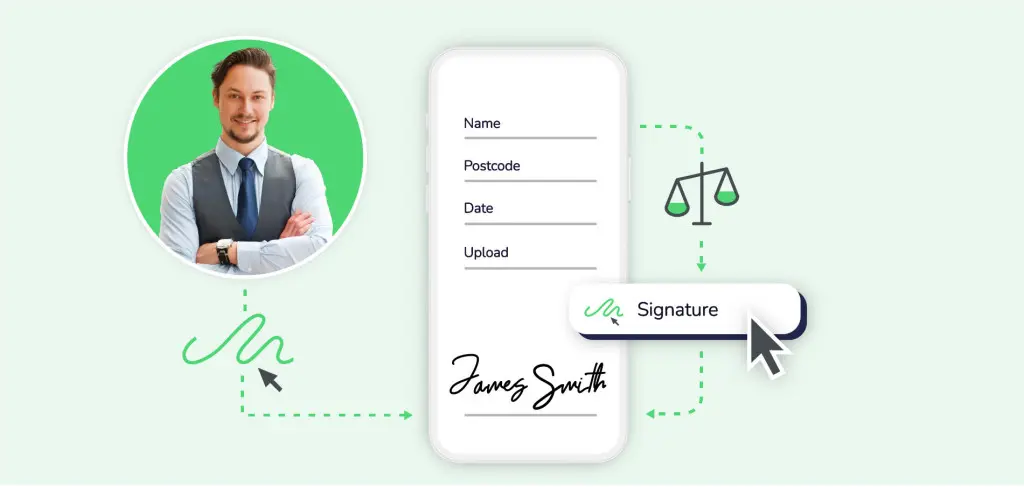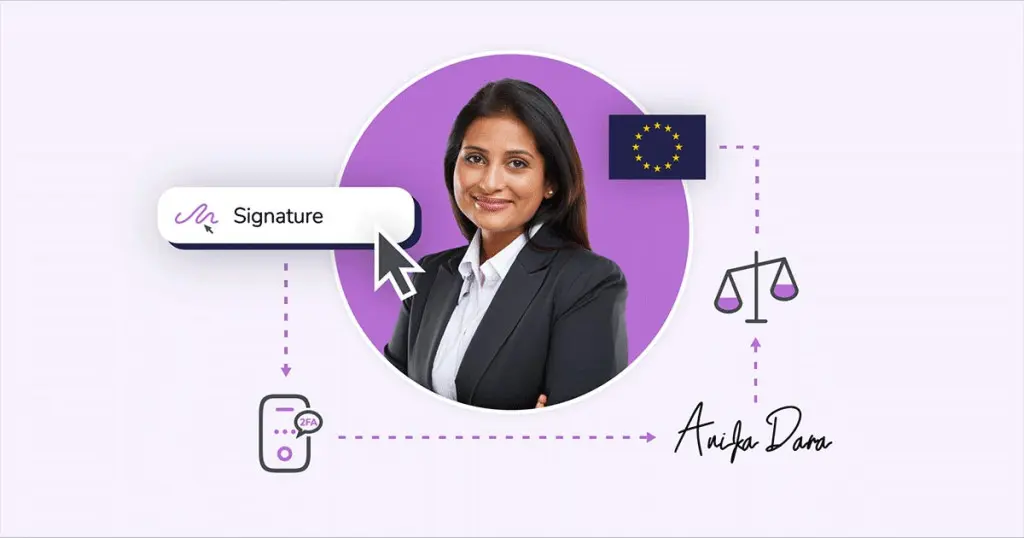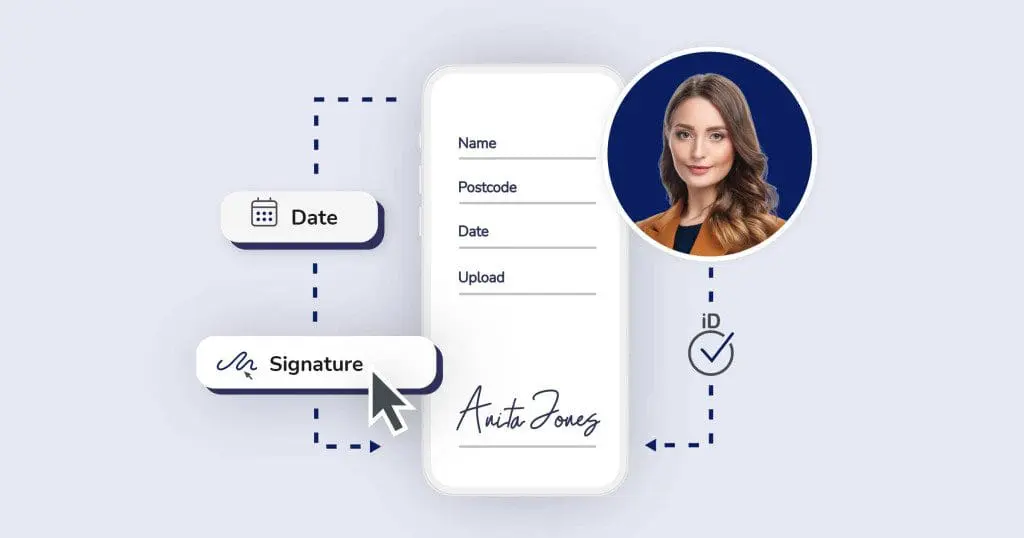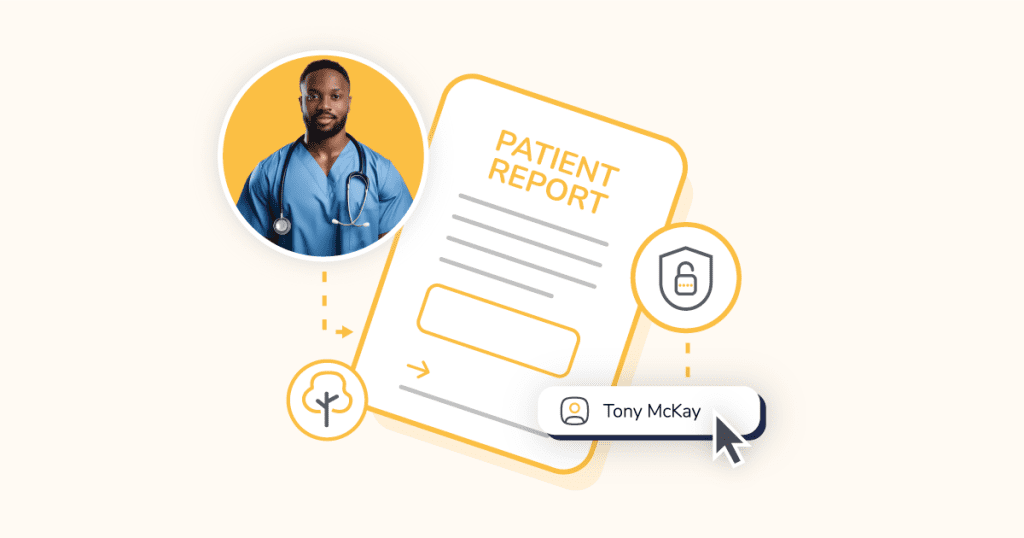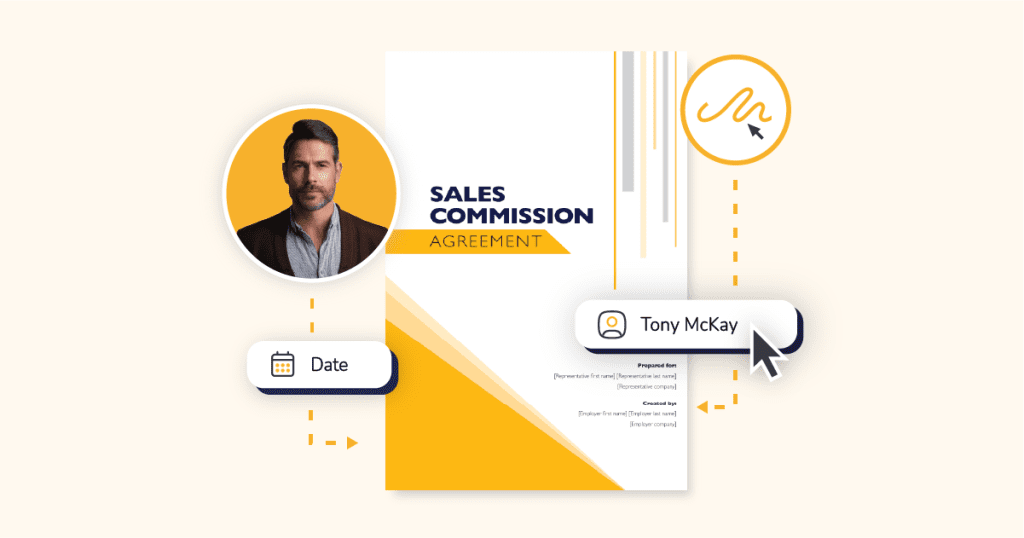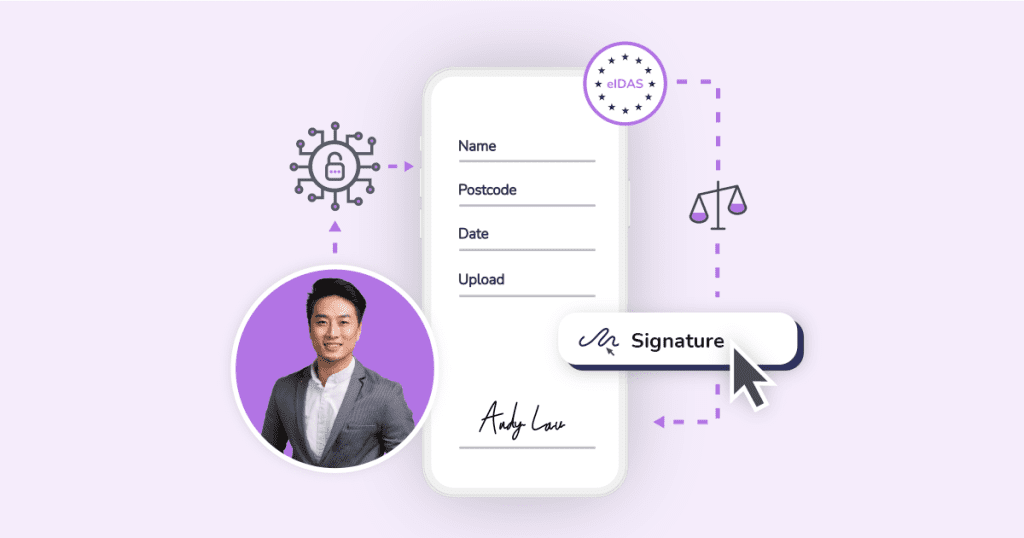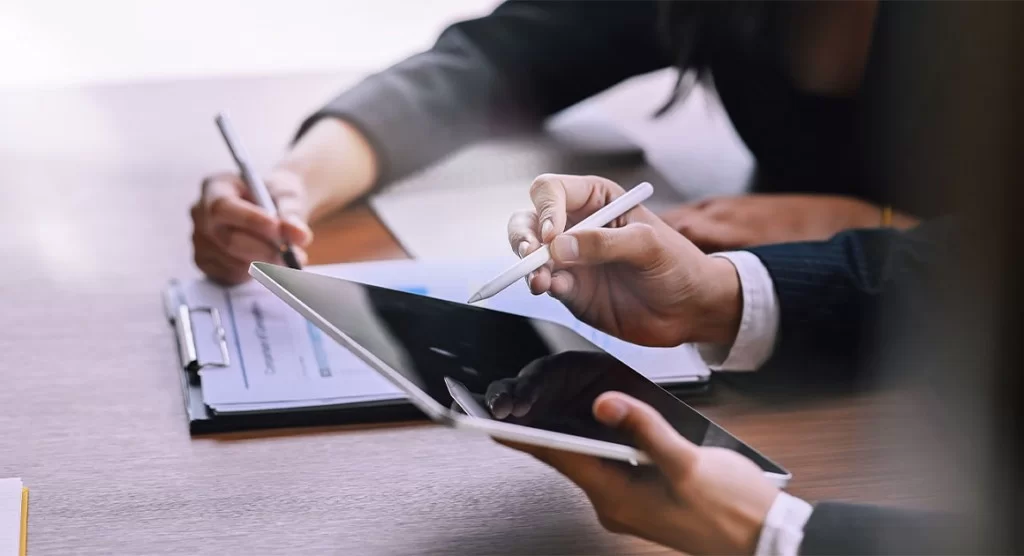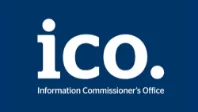<script type=”application/ld+json”>{“@context”:”https://schema.org”,”@type”:”FAQPage”,”mainEntity”:[{“@type”:”Question”,”name”:”What is a graphic design contract?”,”acceptedAnswer”:{“@type”:”Answer”,”text”:”A graphic design contract is a legally binding document between a contractor and a client that details the scope of the project and other important details, which we’ll explore later. Once both parties have signed it, they have agreed to the offer and accepted the terms and conditions it sets out.\n\nIt’s important that you wait for the signed contract to be returned before you start any work. By doing so, you can collaborate with your client confidently, with a mutual understanding of timeline, cost, and deliverables.”}},{“@type”:”Question”,”name”:”Why do you need a graphic design contract?”,”acceptedAnswer”:{“@type”:”Answer”,”text”:”Contracts might seem like a formal document that you may not feel is necessary as a freelance designer. However, there are several compelling reasons why you should utilise graphic design contracts before carrying out any work.\nIt ensures you receive payment for the project\n\nEven if, in most cases, you work with reliable clients who pay on time once work has been completed. There is likely to be someone who avoids payment as much as possible. They potentially could make a partial payment and then try to claim the work isn’t up to their standard. Maybe they agree to make payment and suddenly disappear once they have the files, or eventually make the payment long after it’s due.\n\nHaving a contract in place for all new clients will allow you to lay out your payment details, a payment schedule, and any other terms, such as late fees. This will work as a crucial incentive for clients to pay on time.\n\n\n\n\nIt manages expectations\n\nFor graphic design projects, a contract provides structure and ensures that the expectations of both parties are managed, especially the clients. This avoids any misunderstandings when it comes to factors like how many previews the client will receive and how many revisions they can make.\n\nIt’s important to consider these details and include them in your contract to avoid a client requesting a full redo after the final project has been delivered. Planning and protecting your time in advance is key in establishing a long-lasting working model for your freelance design business and not letting expectations escalate to an unmanageable level.\n\n\n\n\nIt avoids scope creep\n\nScope creep is when your clients start asking for tasks to be completed outside the agreed-upon terms without paying you anything additional for the extra work. Initially, this may start as a small request that falls outside of the original scope, such as asking for an extra round of revisions or including another page to a document that you are designing.\n\nFor small requests, you may be tempted to say yes, but the situation can quickly evolve into several time-consuming tasks that stretch far beyond the original agreement. A clear and concise contract is an effective way to avoid scope creep so that the project doesn’t become bigger than you quoted and take up so much time that it affects other parts of your workload.”}},{“@type”:”Question”,”name”:”What should be included in a graphic design contract?”,”acceptedAnswer”:{“@type”:”Answer”,”text”:”Several important elements should make up your graphic design contract. These include but are not limited to the below:\n\n\n\n\nAn overview of the project\n\nYou will find a general overview at the beginning of most contracts, and a graphic design contract document should be no different. This will likely include a summary of the project, covering the basic information. You might want to use details from your initial design proposal to customise the contract and flesh it out.\n\n\n\n\nDeliverables\n\nThe deliverables section of your contract should break down exactly what the client will be receiving as part of the project. You may want to include specifications for assets, such as information regarding the size, format, and delivery method. \n\nAnother key part of this section is the timeline with the provision of expected dates for delivery of the work. If it is a large-scale project, this could involve smaller milestone dates before final completion. You might also want to add a clause that specifies how you will manage additional requests to avoid scope creep.\n\n\n\n\nRevision details\n\nIf you intend to include revisions in the project, you will want to consider how many the client can have and the extent to which they can amend the work. For example, will you make small tweaks, or are you willing to start the project again if the client isn’t happy with what you have created? Generally, most graphic design contracts will feature three rounds of revisions, but you can decide what works best for you.\nPayment terms\n\nThe payment terms are one of the most important parts of the contract as it will establish how you are to be paid, what the payment schedule will be, when the final payment is due, etc. You will likely want to include the following information in the payment section of your contract:\n\nAccepted payment methods (e.g., credit card, bank transfer)\nThe total project price\nIf a deposit is required\nPayment schedule (if not all at once)\nInvoicing process\nLate fees\n\nThis may seem like a lot of details, but it will ultimately help to ensure there is no confusion regarding payment for your work, especially if, in the worst-case scenario, you must take the matter legal if you have not been paid in line with the contract.\n\n\n\n\nTermination\n\nA termination clause is essential if you are required to stop working on a project for any reason. It’s a good idea to include a notice period and possibly some form of liability clause. A liability clause will limit the amount of damages either party can claim for a contract breach.\n\n\n\n\nSection for date and signature\n\nThe contract won’t be legally binding until you and your client have signed it, so it’s important to have a dedicated section of your document for an e-signature and date. Always wait until you have received the signed contract before you start the project, or you risk working unprotected should anything go wrong.”}},{“@type”:”Question”,”name”:”Do I really need a contract for every design project?”,”acceptedAnswer”:{“@type”:”Answer”,”text”:”Yes! A contract protects both you and the client by clearly outlining expectations, payment terms, deliverables, and legal rights. Even for small projects, a simple agreement can prevent miscommunication and disputes.”}},{“@type”:”Question”,”name”:”How should I price my design work in a contract?”,”acceptedAnswer”:{“@type”:”Answer”,”text”:”You can charge hourly or flat-rate. If you’re unsure, research industry rates and calculate your costs, including time, expenses, and taxes. Always include a clause for extra work beyond the agreed scope to prevent undercharging.”}},{“@type”:”Question”,”name”:”What happens if a client doesn’t pay me?”,”acceptedAnswer”:{“@type”:”Answer”,”text”:”Your contract should:\n\nRequire an upfront deposit (30–50%) before starting.\n\n\nInclude late payment fees or interest.\n\n\nSpecify that work cannot be used until full payment is made.\n\n\nAllow for legal action or collections if necessary.”}},{“@type”:”Question”,”name”:”Can I include my work in my portfolio after the project is complete?”,”acceptedAnswer”:{“@type”:”Answer”,”text”:”Yes, but clarify this in your contract. Some clients may expect full ownership, so include a portfolio rights clause that lets you showcase the work for self-promotion.”}},{“@type”:”Question”,”name”:”Where can I find a free graphic design contract template?”,”acceptedAnswer”:{“@type”:”Answer”,”text”:”Right here at E-Sign! We provide a detailed library of document templates, including a graphic design contract template.”}}]}</script><!–FAQPage Code Generated by https://saijogeorge.com/json-ld-schema-generator/faq/–>
